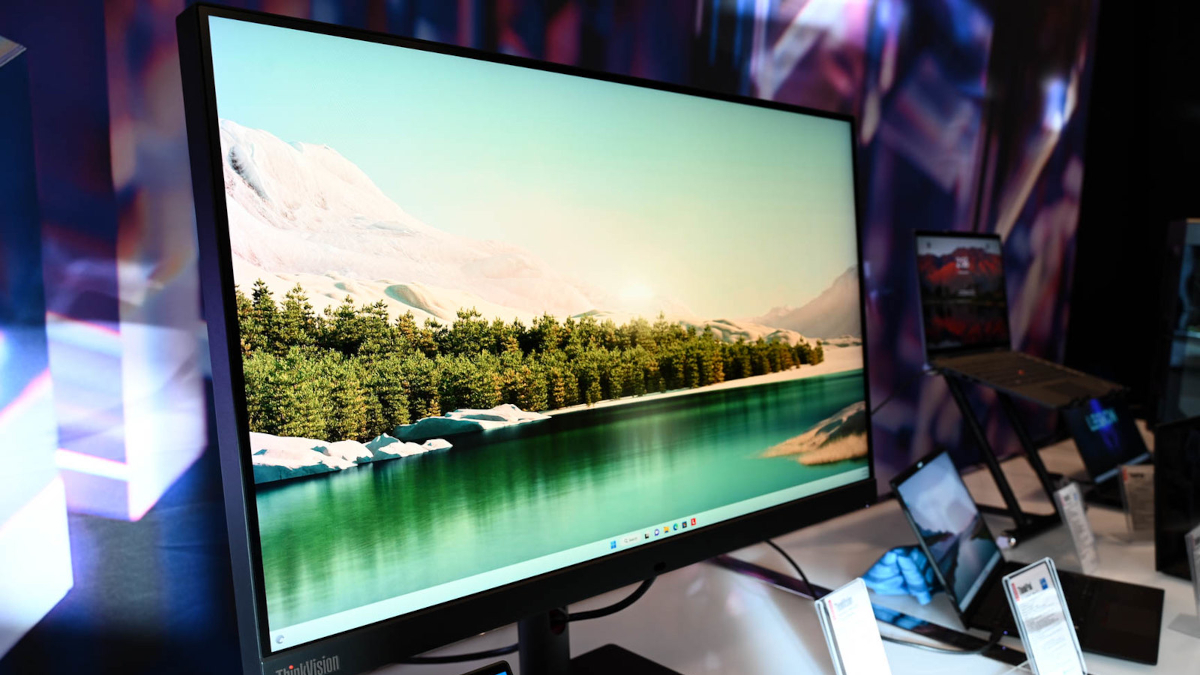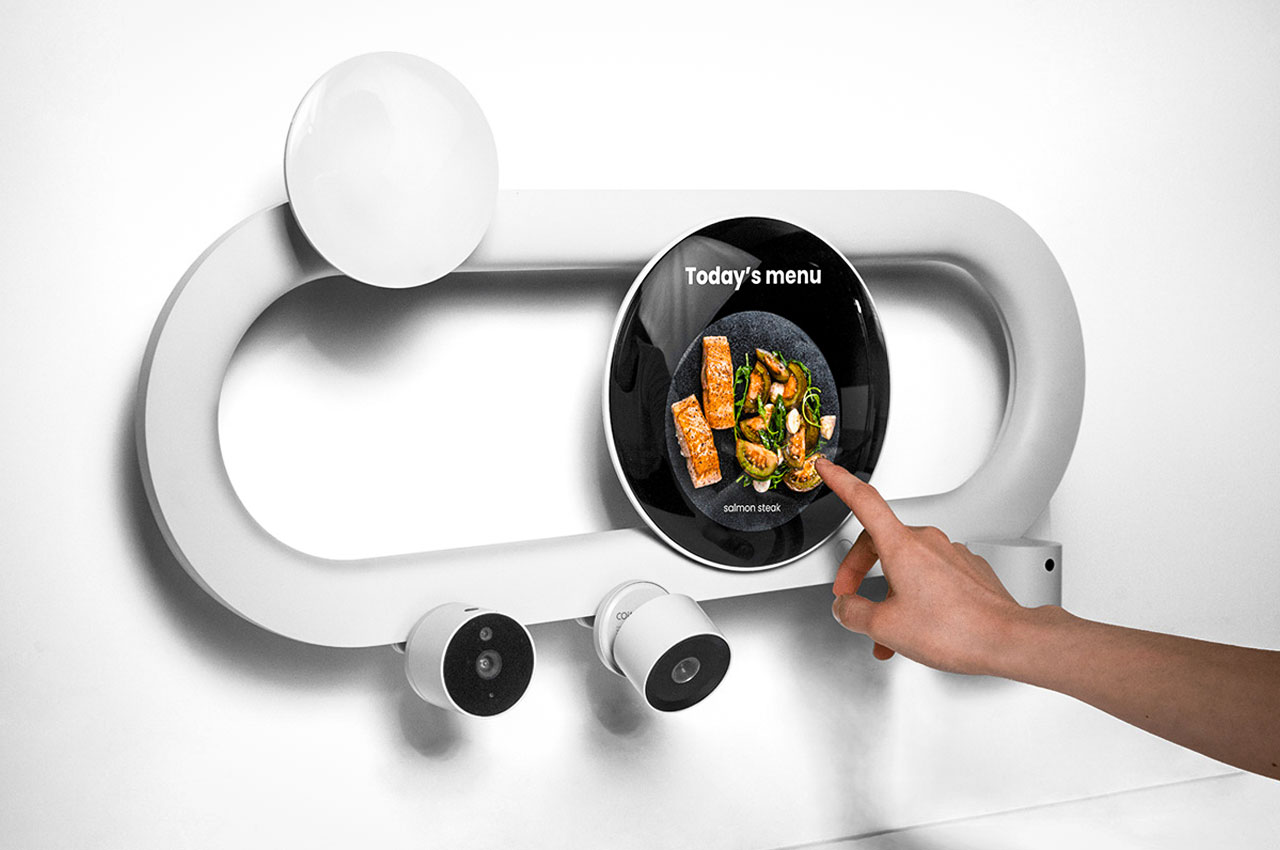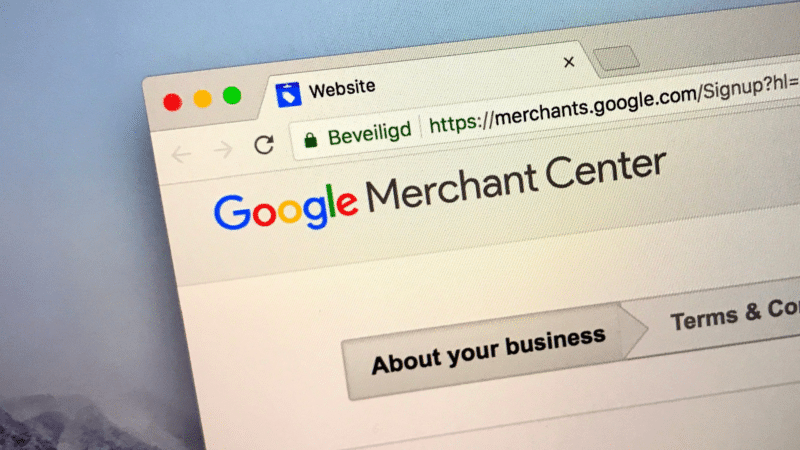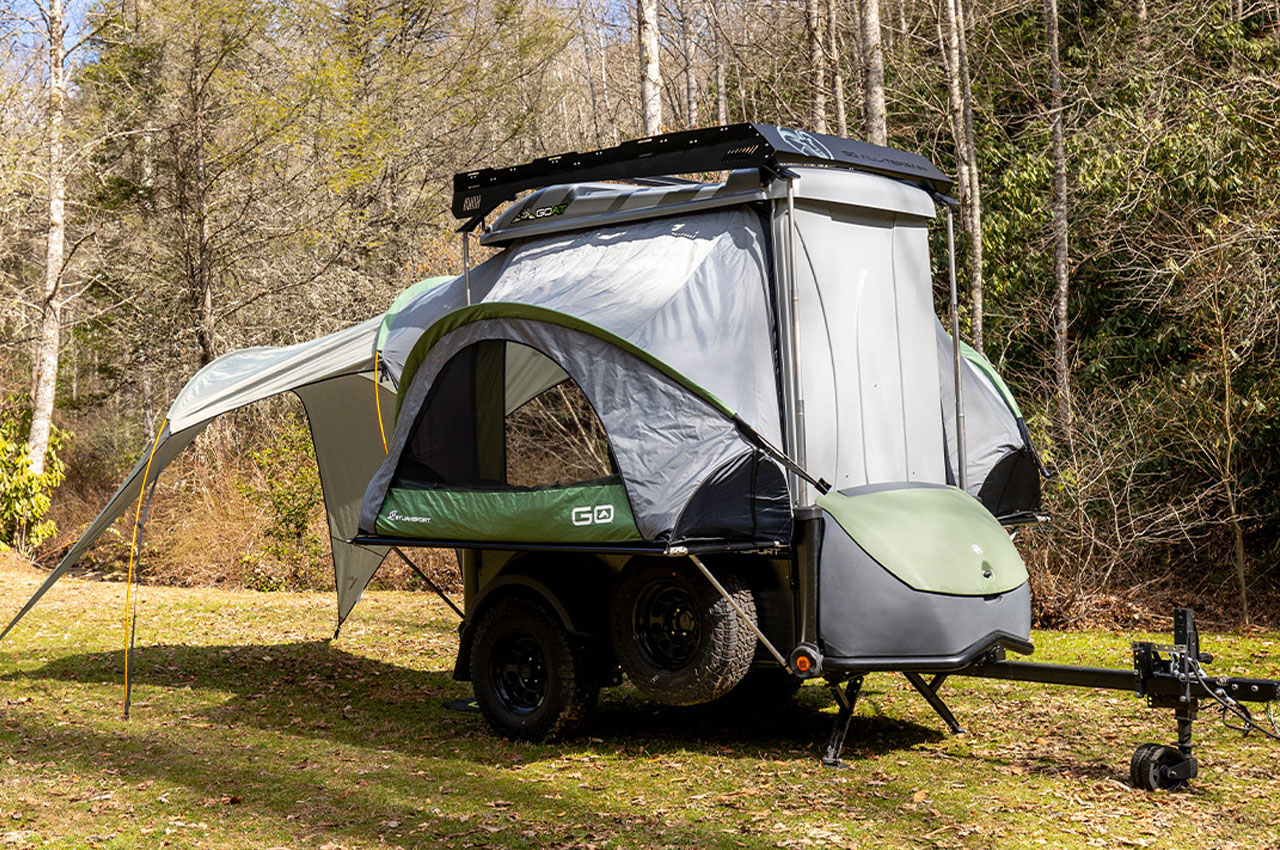#Your Devices Are Becoming “Carbon Aware,” But What Does That Mean?

Table of Contents
“Your Devices Are Becoming “Carbon Aware,” But What Does That Mean?”

Carbon-aware technology uses information about the different sources of your electricity to ensure that it uses the most power during times when it will have the lowest carbon footprint, without you having to do anything yourself.
While the electricity your devices run on from the wall outlet all seems the same, the juice can be squeezed from sources with very different carbon footprints. Carbon-aware gadgets have measures put in place to take this information into account.
What Does “Carbon Aware” Mean
For a device to be “carbon aware” means that it knows how much of the electricity it uses comes from sources such as coal or gas and how much comes from nuclear or renewable sources that don’t contribute (as much) to atmospheric carbon.
Of course, simply being aware of this doesn’t mean much; what makes this feature special is that the device schedules its energy usage to coincide with the times of day when renewable resources mostly provide your power.
By doing this, the device is responsible for less carbon production than it would otherwise be. Perhaps even no carbon at all, depending on where in the world it’s operating.
Computers, Cars, and Consoles Are Becoming Carbon Aware
Carbon awareness is slowly entering our daily life, and you may not even have noticed. Windows Updates are now carbon aware and Xbox consoles will soon join the club. There are several implementations of carbon-aware electric vehicle charging as well, and given how much electricity electric cars store, it’s not to be sniffed at!
Presumably, as more of our appliances become internet-connected, it will be more common to use or store energy during times when the power supply has the lowest carbon impact.
When Is Your Electricity Low Carbon?
You may never have thought about where the power that comes out of your electrical outlets comes from, but for carbon considerations, it’s a crucial factor. Although the same electricity comes out the other end, your power is generated through a mix of different types of energy.
RELATED: What Are Gravity Batteries, and How Do They Work?
This can include fossil fuel generation using coal, gas, or diesel. These are the power sources you’d want to avoid if you want to limit your impact on carbon emissions. There’s nuclear energy, which has an indirect carbon impact that puts it around the middle of energy sources. Finally, we have greener sources such as hydroelectricity, wind, and solar power.
Most renewable power sources can’t provide continuous power, so they have to be augmented by a mix of generation sources. This would suggest that the lowest carbon electricity is available during the daytime, or when there’s wind.
However, this doesn’t take into account how power can be stored from renewable sources. There’s lithium battery storage, gravity battery storage, pumped water storage, flywheel storage, molten liquid salt, and probably more options in development. This complicates matters since this extends when renewable energy is available. Carbon-aware electronics use the complex data involved in the energy mix for your region to navigate a low-carbon path through it all. At least, that’s the idea.
Scheduling Your Gadgets Manually for Carbon Awareness
So what should you do if your gadgets aren’t carbon-aware but the idea still interests you? While it’s unlikely to be as nuanced, you do have the option of scheduling your own power usage to peak during times when renewable, low-carbon energy makes up the largest possible proportion of your electricity supply.
This might be easier said than done, since it relies on that information being readily available to the public. That, in turn, depends on whether the energy company that supplies your power has made that information available. Visit your provider’s website and see what carbon data they publish.
If no information on the specifics are available, then the best you can do is try and schedule things to happen during the day or when the local wind farm is predicted to have adequate wind. It’s a more crude approach, but it should be in the ballpark.
If you liked the article, do not forget to share it with your friends. Follow us on Google News too, click on the star and choose us from your favorites.
For forums sites go to Forum.BuradaBiliyorum.Com
If you want to read more like this article, you can visit our Technology category.




